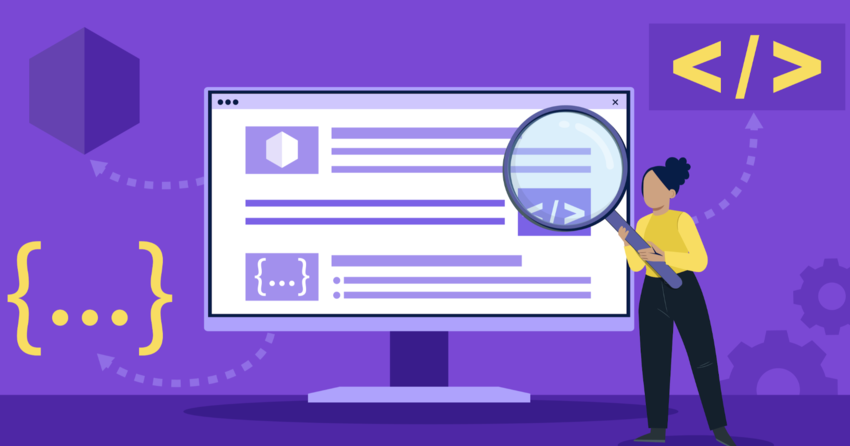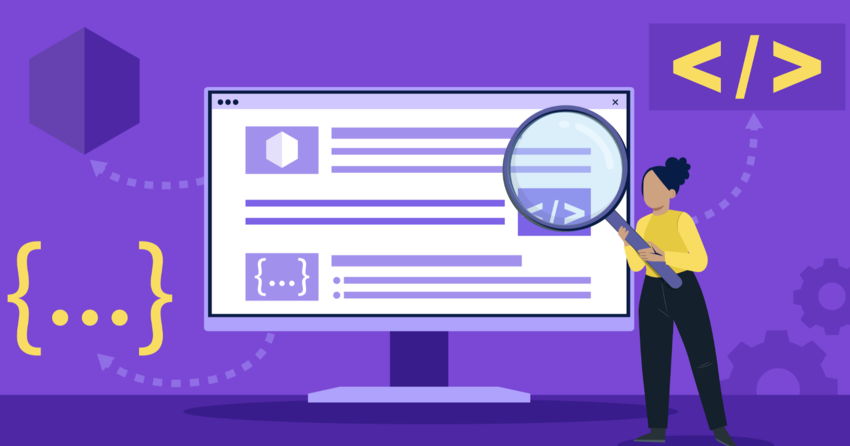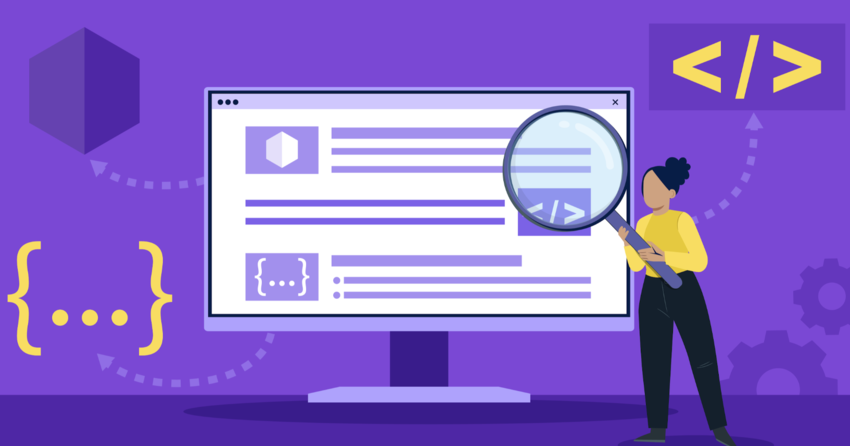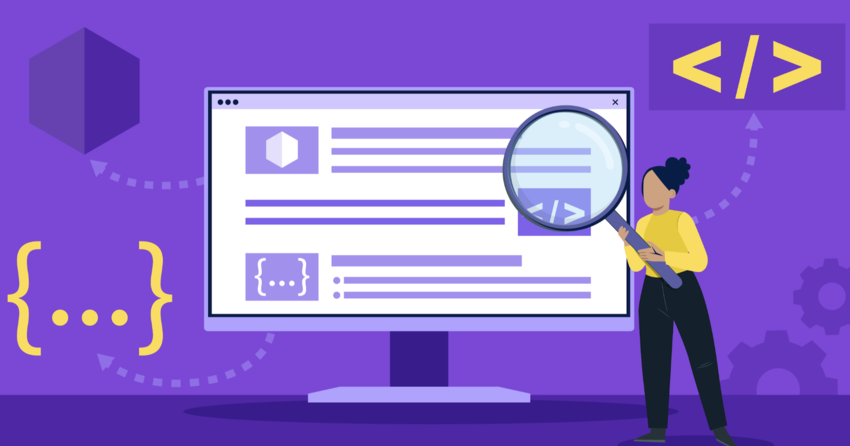Inside this Article
Definition of Node.js
At its core, Node.js is a runtime environment that interprets and executes JavaScript code. Unlike traditional web browsers that run JavaScript primarily on the client-side, Node.js extends the capabilities of JavaScript to the server-side. This means developers can use JavaScript to write full-stack applications, handling both the front-end and back-end logic with a single programming language. Node.js leverages an event-driven, non-blocking I/O model, making it lightweight and efficient for building scalable network applications. It provides a rich ecosystem of libraries and frameworks through its package manager, npm (Node Package Manager), enabling developers to easily extend and enhance their Node.js applications.How Does Node.js Work?
To understand how Node.js works, let’s dive into its architecture and key components:V8 JavaScript Engine
Node.js is built on top of the V8 JavaScript engine, developed by Google for the Chrome web browser. V8 compiles JavaScript code directly into native machine code, providing fast execution and optimized performance. Node.js leverages V8’s capabilities to interpret and run JavaScript code outside the browser environment.Event-Driven Architecture
Node.js follows an event-driven programming model. It means that the flow of the program is determined by events such as user interactions, I/O operations, or timers. When an event occurs, Node.js triggers a corresponding callback function to handle that event. This approach allows Node.js to handle a large number of concurrent connections efficiently without the need for threading.Non-Blocking I/O
One of the key features of Node.js is its non-blocking I/O model. In traditional server-side programming, I/O operations such as reading from a file or making a database query can block the execution of the program until the operation completes. Node.js, on the other hand, uses asynchronous, non-blocking I/O operations. When an I/O operation is initiated, Node.js doesn’t wait for it to complete; instead, it continues executing other code. Once the I/O operation finishes, Node.js receives a notification, and the corresponding callback function is executed.Single-Threaded Event Loop
Node.js operates on a single thread, known as the event loop. The event loop continuously checks for pending events and executes their associated callback functions. By leveraging non-blocking I/O and asynchronous operations, Node.js can handle a high number of concurrent connections without the overhead of creating and managing multiple threads. This single-threaded model simplifies development and avoids the complexities of thread synchronization and locking.Modules and Package Management
Node.js has a modular architecture that encourages code reusability and organization. Developers can create their own modules or use existing ones from the vast ecosystem of Node.js packages. The Node Package Manager (npm) is a command-line tool that comes bundled with Node.js, allowing developers to easily install, manage, and share packages. npm provides access to a massive repository of open-source libraries and frameworks, making it easy to extend and enhance Node.js applications.Characteristics of Node.js
Node.js possesses several key characteristics that make it a popular choice for building server-side applications:- JavaScript Everywhere: Node.js allows developers to use JavaScript on both the client-side and server-side, enabling a unified programming language across the entire web stack. This eliminates the need to switch between different languages and reduces the learning curve for developers.
- Asynchronous and Event-Driven: Node.js is designed to handle asynchronous I/O operations efficiently. It uses an event-driven, non-blocking I/O model that allows it to handle a large number of concurrent connections without blocking the execution of other code. This makes Node.js well-suited for building scalable and real-time applications.
- Fast and Efficient: Node.js leverages the V8 JavaScript engine, which provides fast execution of JavaScript code. Additionally, its non-blocking I/O model and event-driven architecture contribute to its high performance and efficiency in handling I/O-bound tasks.
- Extensible and Modular: Node.js follows a modular approach, allowing developers to create and use reusable modules. The Node Package Manager (npm) provides a vast ecosystem of packages and libraries that can be easily integrated into Node.js applications, enabling rapid development and extensibility.
- Cross-Platform Compatibility: Node.js is designed to be cross-platform, running on various operating systems such as Windows, macOS, and Linux. This allows developers to write applications that can be deployed across different environments without significant modifications.
- Active Community and Ecosystem: Node.js has a large and active community of developers contributing to its growth and improvement. The community actively develops and maintains a wide range of packages, frameworks, and tools, making it easier for developers to find solutions to common problems and accelerate development.
Differences between Node.js and JavaScript
While Node.js is built on top of JavaScript, it’s important to understand the differences between the two:- Runtime Environment: JavaScript is primarily used in web browsers, where it runs within the browser’s JavaScript engine. Node.js, on the other hand, is a runtime environment that allows JavaScript to be executed outside the browser, on the server-side or as standalone applications.
- APIs and Modules: Web browsers provide a set of APIs and objects specific to the browser environment, such as the Document Object Model (DOM) for manipulating web pages and the Window object for interacting with the browser window. Node.js, being a server-side environment, does not have access to these browser-specific APIs. Instead, it provides its own set of APIs and modules tailored for server-side development, such as the File System (fs) module for file I/O and the HTTP module for creating web servers.
- Execution Context: In a web browser, JavaScript code runs in a single-threaded environment, where the browser’s event loop handles user interactions, page rendering, and JavaScript execution. Node.js, while also single-threaded, provides an event-driven architecture that allows for non-blocking I/O operations, making it suitable for handling concurrent requests and I/O-bound tasks.
- Global Objects: Web browsers have a global object called “window” that represents the browser window and provides access to browser-specific functionalities. Node.js, being a server-side environment, does not have a “window” object. Instead, it has a global object called “global” that provides access to Node.js-specific functionalities and modules.
Use Cases of Node.js
Node.js is widely used for various types of applications and scenarios. Let’s explore some common use cases:- Web Applications: Node.js is commonly used for building web applications, particularly those that require real-time updates or high concurrency. Its event-driven architecture and non-blocking I/O make it well-suited for handling a large number of simultaneous client connections efficiently. Node.js can be used to create server-side logic, handle HTTP requests, interact with databases, and serve dynamic content to clients.
- API Development: Node.js is an excellent choice for building RESTful APIs and microservices. Its lightweight nature and ability to handle concurrent requests make it ideal for creating scalable and high-performance APIs. Node.js frameworks like Express.js and Koa.js provide robust tooling and middleware for building APIs quickly and efficiently.
- Real-Time Applications: Node.js excels in building real-time applications such as chat applications, collaboration tools, and live updates. With its event-driven architecture and support for WebSockets, Node.js enables seamless real-time communication between the server and clients. Libraries like Socket.IO and ws make it easy to implement real-time functionality in Node.js applications.
- Streaming Applications: Node.js is well-suited for building applications that involve streaming data, such as video or audio streaming platforms. Its non-blocking I/O model allows for efficient handling of large data streams without blocking the event loop. Node.js can be used to process and transform data on the fly, enabling low-latency streaming experiences.
- Command-Line Tools: Node.js is not limited to server-side web development; it can also be used to create powerful command-line tools and utilities. With its rich ecosystem of packages and the ability to interact with the file system and operating system, Node.js makes it easy to build cross-platform command-line tools for various purposes, such as build automation, file manipulation, and system administration.
- Serverless Applications: Node.js is a popular choice for building serverless applications, where the server-side logic is executed in response to events or triggers. Platforms like AWS Lambda, Google Cloud Functions, and Azure Functions support Node.js as a runtime environment, allowing developers to write and deploy serverless functions using Node.js.
Installing and Running Node.js
To start using Node.js, you need to install it on your system. Node.js is available for various operating systems, including Windows, macOS, and Linux. Here’s a general guide on how to install and run Node.js:- Download Node.js: Visit the official Node.js website (https://nodejs.org) and download the appropriate installer for your operating system. Choose the LTS (Long-Term Support) version for stability or the Current version for the latest features.
- Install Node.js: Run the installer and follow the installation wizard. The installer will guide you through the process and set up Node.js on your system.
- Verify the Installation: Open a command prompt or terminal and run the following command to check if Node.js is installed correctly: node –version
- If Node.js is installed successfully, it will display the version number.
- Create a Node.js File: Open a text editor and create a new file with a .js extension, for example, app.js. Write your Node.js code in this file. Here’s a simple example that prints “Hello, World!” to the console: console.log(“Hello, World!”);
- Run the Node.js File: In the command prompt or terminal, navigate to the directory where you saved the app.js file. Then, run the following command to execute the Node.js code: node app.js
- Node.js will interpret and execute the code in the app.js file, and you should see the output “Hello, World!” in the console.













